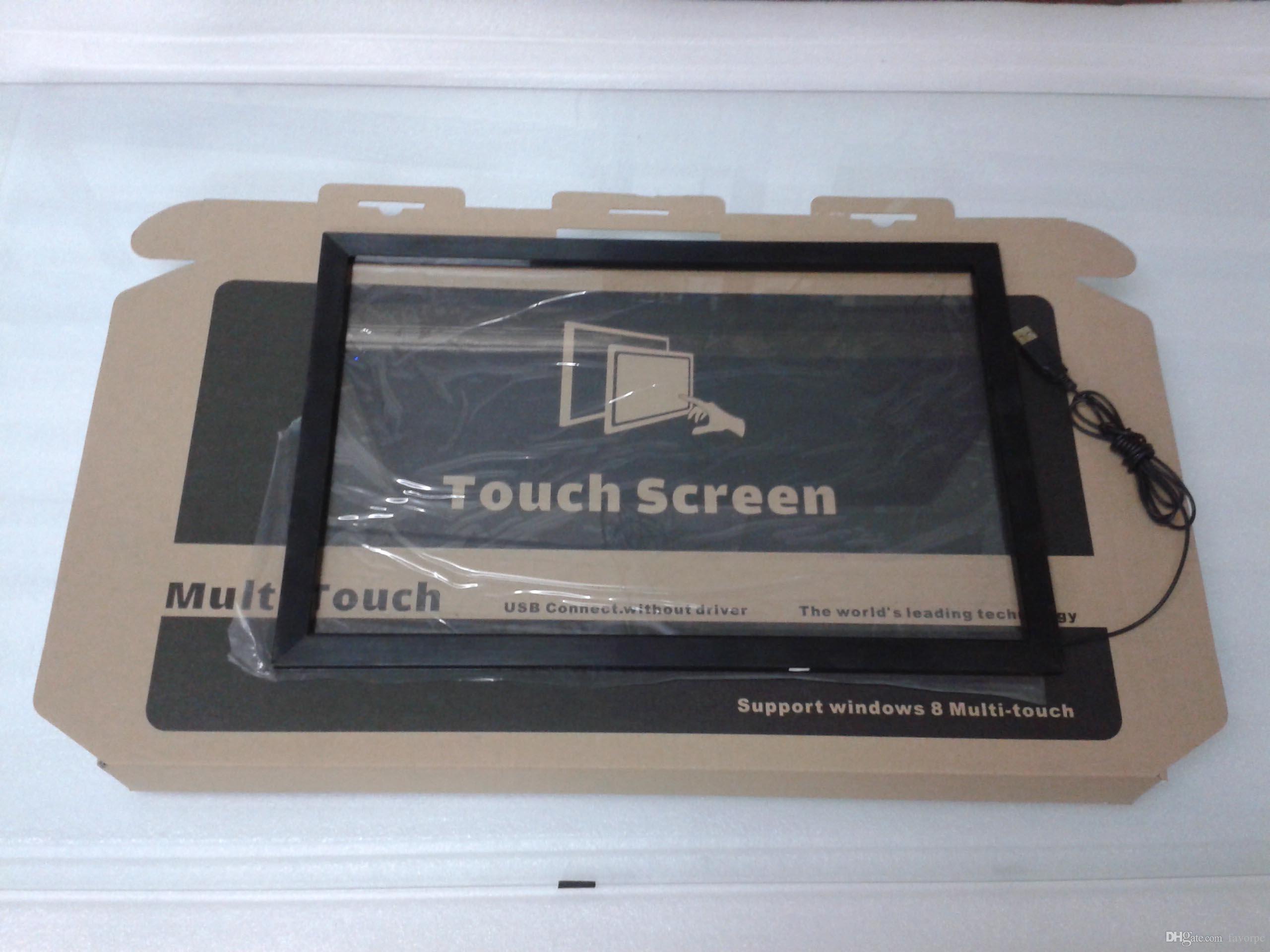Touch Screens – (Phones/Tablets/Some Laptops)
There are two primary types of touch screens we have on our devices today, Capacitive and Resistive. Most of our phones, tablets, and laptop use Capacitive touch screens.
Here’s the basics about how they work.
Resistive touch screens have a certain “soft/squishy” feel to them and you can usually actually see the top layer which you are touch bow slightly inward as you press.
Resistive screens have 3 layers to them, the Top layer which is pliable, a middle layer is usually compromised of tiny dots to create an air gap, and a sensor layer. The sensors on the sensor layer are laid out on grid. The top layer, when pressure is applied pushes between the air gap and contacts the sensors on the sensor layer creating an electrical circuit which is then read by the sensor controller.
Since here is a mechanical process which opens and closes the circuit resistive touch screens are not as susceptible electromagnetic interference as capacitive touch screens. Therefore they usually only calibrate themselves when they are powered on.
Capacitive touch screens have a specially created protective top layer, an electrode layer, and an insulator layer. The electrode layer produces a small electrical field which extends just beyond the top protective layer. The microdot electrodes are placed in a grid formation which is monitored by the controller. The insulator layer prevents the electrical field from going back into the device. When an electrode’s electrical field is altered the controller reads the alteration to detect touch.
Since this uses an electrical field, capacitive touch screens are highly susceptible to electromagnetic interference and anything else which disrupt the electrical field which is produced by the electrodes on the screen. Since these read disruptions to the field, these screens typically re-calibrate themselves every few seconds as things like dirt, oil, dust can alter the field projected by the electrodes. They also require a significant change in electrical field to avoid being too sensitive and subject to “phantom inputs” caused by every day dust.
Here’s where things get interesting for us and what brings me to write this whole thing. Since significant changes to the electrical field (capacitance) is read by the touch screen sensor these may be able to be influenced by spirits.
We have seen our phones and tablets receive input from it’s touch screen doing things such as launching/exiting apps.
One of our visits to Bube’s Brewery in Mount Joy, we had one of our tablets in our bag. It was powered on with the screen turned off. After a little while in the catacombs and not really getting any activity, we suddenly hear the Phasmabox app start on the tablet in our bag. We pull it out and sure enough the app was launched and running. I made our normal setting changes (disable internet radio, enabled reverse mode) and let it run. After a while of it running, and getting close for the time for us to leave, the app just suddenly exited. The tablet when it exited the app was in full view of the group, and no one was near it.
Was this paranormal, or was this just coincidence? We’re not really sure, but was most certainty interesting.











